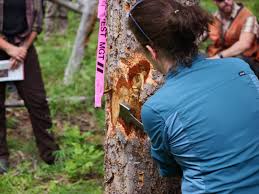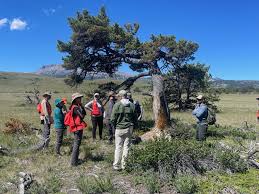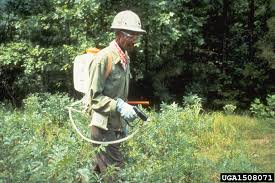This article addresses the challenges posed by forest pests in agricultural forestry systems, focusing on their impact, monitoring methods, and control strategies.
Introduction to Forest Pests in Agricultural Forestry
Forest pests present a significant problem because accessing the canopy and monitoring pest populations is challenging.
Additionally, forestry pests like bark beetles, typically controlled by natural enemies in their native range, may be transported over long distances in cut timber to areas lacking natural predators, enabling extensive economic damage.
Read Also: How to determine if the Oxygen Level of the water in your Fish Pond is enough
Defining Forest Pests in Agriculture

Forest pests are organisms detrimental to forest ecosystems, impacting trees and timber resources critical to agricultural forestry. Pheromone traps have been used to monitor pest populations in the canopy.
These release volatile chemicals that attract males, detecting pest arrivals or alerting foresters to outbreaks. For example, the spruce budworm, a destructive pest of spruce and balsam fir, has been monitored using pheromone traps in Canadian forests for decades.
In regions like New Brunswick, forests are sprayed with pesticides to control budworm populations and prevent outbreak-related damage.
Read Also: Economic Importance, Uses, and By-Products of Watermelon Axils
Challenges of Forest Pests in Agricultural Forestry Systems

Forest pests present a significant problem because accessing the canopy to monitor populations is difficult. Moreover, pests such as bark beetles, when transported in cut timber to new regions without natural predators, can cause severe economic losses due to unchecked proliferation.
Pheromone traps have been used to monitor pest populations in the canopy. These release volatile chemicals that attract males, enabling detection of pest arrivals or alerting foresters to outbreaks.
Do you have any questions, suggestions, or contributions? If so, please feel free to use the comment box below to share your thoughts. We also encourage you to kindly share this information with others who might benefit from it. Since we can’t reach everyone at once, we truly appreciate your help in spreading the word. Thank you so much for your support and for sharing!

